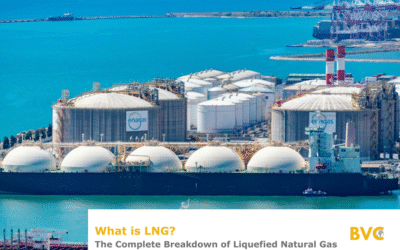TAZAMA Pipeline, also Tanzania–Zambia Crude Oil Pipeline, is a dual-diameter 1,710 km long crude oil pipeline running from the port of Dar es Salaam, Tanzania, to the Indeni Petroleum Refinery in Ndola, Zambia.
TAZAMA is an abbreviation standing for Tanzania Zambia Mafuta. “Mafuta” meaning “Oil” in Kiswahili.
Installed in 1968, the pipeline was constructed to transport crude oil from Dar-es-Salaam to landlocked Zambia at an affordable, sustainable economic cost.

The pipeline spans 1,710 km, with 954 km of 8-inch and 798 km of 12-inch diameter sections, and an annual capacity of 1.1 million metric tons, currently operating at 800,000 metric tons.
The infrastructure is run and operated by TAZAMA (a JV between the Government of Tanzania & Zambia), with a tank farm in Kigamboni, Dar es Salaam, holding about 231,000 cubic meters across six tanks. TAZAMA utilizes seven pump stations (five in Tanzania and two in Zambia) to move the product across the two countries.
For 55 years, the pipeline has been pumping crude to Zambia. On 16 March 2023, TAZAMA converted to pumping finished product (Low Sulphur Gas Oil).
The conversion was due to the inability of the Pipeline and Refinery to supply all the refined petroleum products that Zambia requires, in the desired quantities.
Furthermore, there were some talks of Tanzania & Zambia planning to build a $1.5 billion oil products pipeline back in 2019, Reuters reports, with no time frame for when the project would kick off.



